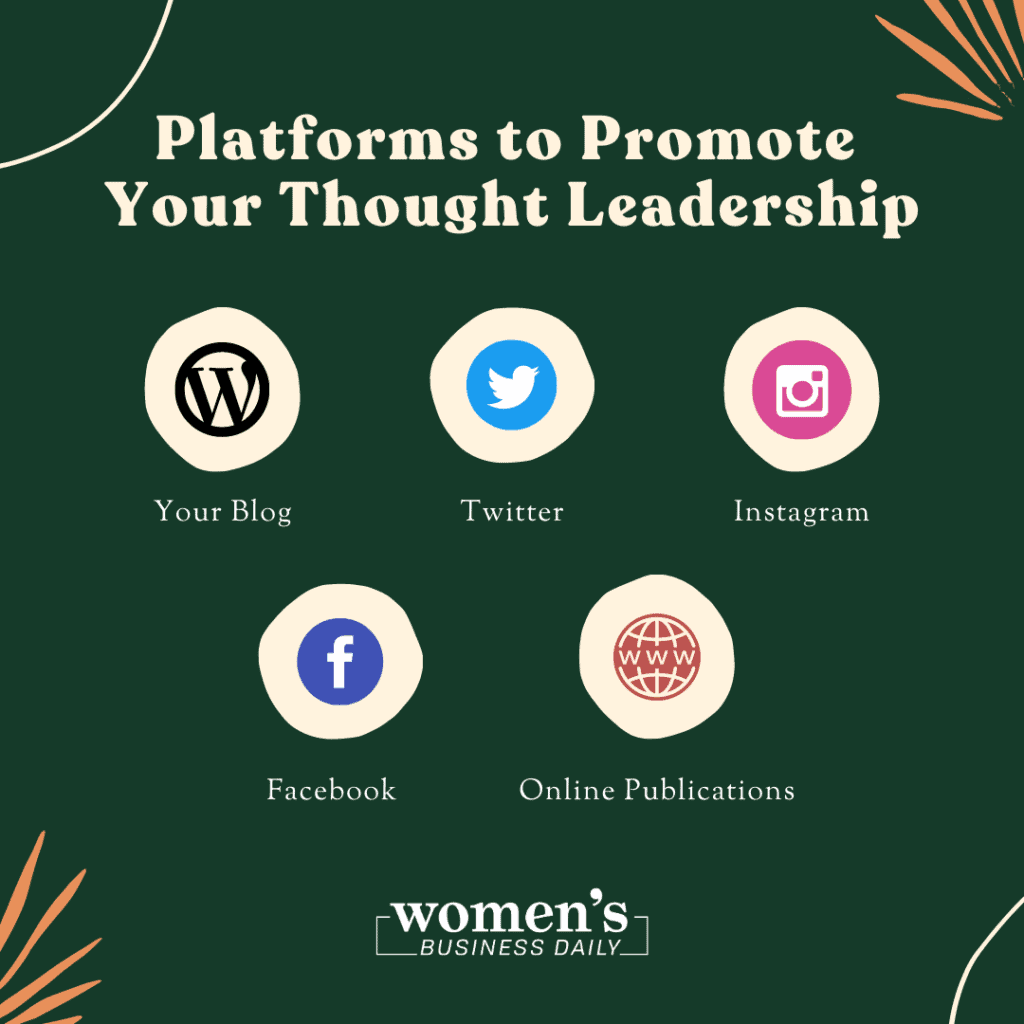Building a Strong Personal Brand: 9 Key Steps for Female Entrepreneurs

In today’s competitive business landscape, personal branding has become a critical aspect of success, particularly for female entrepreneurs. Your personal brand is the unique combination of your skills, experiences, values, and reputation that sets you apart from others. It is how you present yourself to the world and how others perceive you.
Let’s look at nine key steps entrepreneurs can take to build a solid personal brand and optimize their presence in the business world.
1. Define Your Personal Brand Identity
The first step in building a strong personal brand is to define your brand identity. Reflect on your values, strengths, passions, and unique attributes. Consider what makes you stand out and what you want to be known for.
Develop a clear and concise personal brand statement that communicates your essence and the value you bring to the table. This statement will serve as the foundation for your personal brand and guide your actions and communication.
2. Identify Your Target Audience
To build a solid personal brand, it is essential to identify your target audience. Who are the people you want to connect with, influence, and serve? Define your ideal clients or customers, and understand their needs, challenges, and aspirations. This understanding will help you tailor your messaging, content, and communication to resonate with your target audience and build meaningful connections.

3. Craft a Compelling Personal Brand Story
Your brand story is a powerful tool for building a strong personal brand. It should convey your journey, experiences, and the values that drive you. Craft a compelling and authentic brand story that connects with your audience emotionally.
Highlight your unique experiences, challenges, and successes that have shaped your entrepreneurial journey. A well-crafted brand story will create a lasting impression and help differentiate you from others in your industry.
4. Develop a Consistent Online Presence
In today’s digital age, having a solid online presence is crucial for building a personal brand. Create a professional website that showcases your expertise, accomplishments, and offerings. Utilize social media platforms that align with your target audience to share valuable content, engage with your audience, and amplify your brand message.
Most importantly, you need to maintain a consistent and cohesive visual identity across all platforms, including your website, social media profiles, and other online channels.
5. Showcase Your Expertise and Thought Leadership
Establishing yourself as an expert in your field is vital to building a strong personal brand. Share your knowledge, insights, and experiences through blog posts, articles, videos, or podcast episodes.
Provide valuable and actionable content that addresses your target audience’s pain points and positions you as a trusted authority. Actively participate in industry events, conferences, and webinars as a speaker or panelist to further demonstrate your expertise and thought leadership.

6. Network and Collaborate with Others
Networking and collaboration are essential components of building a strong personal brand. Connect with other entrepreneurs, industry leaders, influencers, and professionals who align with your values and vision. Attend industry events, join networking groups, and actively engage in online communities.
Additionally, you can find projects to collaborate on, contribute to joint ventures, and seek opportunities to showcase your expertise. Building strong relationships and collaborations can amplify your brand reach and open doors to new opportunities.
7. Embrace Authenticity and Transparency with Your Personal Brand
Authenticity and transparency are critical elements of a strong personal brand. Be true to yourself and your values in all your interactions and communications. Share your successes, failures, and lessons learned. Embrace vulnerability and show the human side of your entrepreneurial journey. Being authentic and transparent fosters trust, builds credibility, and helps you connect with your audience on a deeper level.
8. Seek and Leverage Testimonials and Recommendations
Testimonials and recommendations from satisfied clients or customers are powerful tools for building a strong personal brand. Request feedback and testimonials from those you have worked with and showcase them on your website, social media profiles, and other marketing materials. Positive reviews and endorsements provide social proof of your expertise and reinforce your brand credibility.
9. Continuously Learn and Evolve
Building a strong personal brand is an ongoing process. Continuously invest in your personal and professional development. Stay updated with industry trends, seek opportunities for learning and growth, and adapt to changing market dynamics. Embrace feedback and continuously refine your brand positioning and messaging to stay relevant and maintain a competitive edge.
Building a Strong Personal Brand is Essential for Entrepreneurs
Building a strong personal brand is essential for female entrepreneurs to differentiate themselves, attract clients or customers, and achieve long-term success. By following these nine key steps – defining your brand identity, identifying your target audience, crafting a compelling brand story, developing a consistent online presence, showcasing your expertise, networking and collaborating, embracing authenticity and transparency, seeking testimonials and recommendations, and continuously learning and evolving – you can create a powerful personal brand that sets you apart and paves the way for your entrepreneurial success.
Emily Sprinkle, also known as Emma Loggins, is a designer, marketer, blogger, and speaker. She is the Editor-In-Chief for Women's Business Daily where she pulls from her experience as the CEO and Director of Strategy for Excite Creative Studios, where she specializes in web development, UI/UX design, social media marketing, and overall strategy for her clients.
Emily has also written for CNN, Autotrader, The Guardian, and is also the Editor-In-Chief for the geek lifestyle site FanBolt.com








Responses